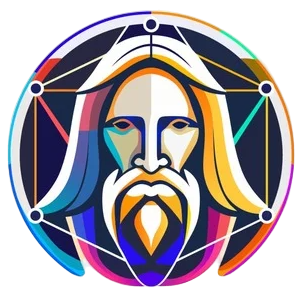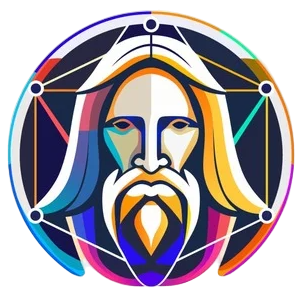The advertising landscape is undergoing a seismic shift, driven by the rise of artificial intelligence. Brands are increasingly leveraging AI-generated art to create captivating and personalized campaigns that resonate with target audiences in unprecedented ways. This isn't just a fleeting trend; AI is fundamentally changing how brands approach creative content, offering advantages in speed, cost-effectiveness, and targeted messaging. This article explores how AI is revolutionizing marketing strategies and showcases real-world examples of its impact.
Creating Hyper-Personalized Visuals for Targeted Campaigns:
One of the most powerful applications of AI in advertising is its ability to generate visuals tailored to specific audience segments. By analyzing vast amounts of consumer data—including demographics, online behavior, and preferences—AI algorithms can create personalized images that resonate deeply with different demographics. This goes beyond simple A/B testing; AI can generate unique visuals for individual users or highly specific micro-segments.
- Example: Imagine a clothing brand using AI to generate ads featuring models with body types and skin tones that match the user's profile. This level of personalization creates a stronger connection and increases the likelihood of engagement.
Accelerated Creative Production and Real-Time Iteration:
Traditional visual production for marketing campaigns often involves lengthy photoshoots, expensive graphic design teams, and time-consuming revisions. AI drastically reduces production times by automating many creative tasks.
- Faster concept development: AI can quickly generate multiple variations of a concept, allowing marketers to explore different visual directions rapidly.
- Real-time feedback and refinement: By integrating AI tools into their workflows, brands can test and refine their ideas in real time, iterating on designs based on immediate feedback.
- Example: A beverage company could use AI to create hundreds of different label designs for a new product, testing them with focus groups virtually before settling on a final design.
Cost-Effective Content Creation and Resource Optimization:
AI-generated art offers significant cost advantages compared to traditional methods. By reducing the need for extensive photoshoots, large design teams, and reliance on stock imagery, brands can allocate resources more strategically.
- Reduced production costs: AI tools can generate high-quality visuals at a fraction of the cost of traditional methods.
- Resource reallocation: This cost savings allows companies to invest in other crucial marketing areas, such as paid advertising campaigns, influencer partnerships, or data analytics.
- Example: A small business with a limited budget could use AI to create professional-looking marketing materials that would otherwise be beyond their reach.
Leading Brands Embracing AI-Driven Creativity:
Several major brands are already pioneering the use of AI in their advertising campaigns:
- Coca-Cola: Coca-Cola has experimented with AI to create personalized social media content, generating unique visuals based on user preferences and trending topics. This allows them to engage with individual consumers on a more personal level.
- Nike: Nike has used AI for product design visualization, creating stunning visuals of new shoe designs and allowing customers to customize colors and features in virtual environments. This enhances the customer experience and drives engagement.
- Other Examples: Add examples from other industries and brands if possible. For instance, you could mention:
- Fashion brands: Using AI for virtual try-on experiences or generating virtual fashion shows.
- Automotive companies: Using AI to create realistic car renders for online advertising.
The Future of Advertising: AI and Human Creativity in Harmony:
AI-generated art is not about replacing human creativity; it's about augmenting it. The most successful campaigns will likely be those that combine the power of AI with human artistry and strategic thinking. AI can handle repetitive tasks and generate vast amounts of content, freeing up human creatives to focus on strategy, storytelling, and emotional connection. The future of advertising lies in this powerful synergy.
Resources:




